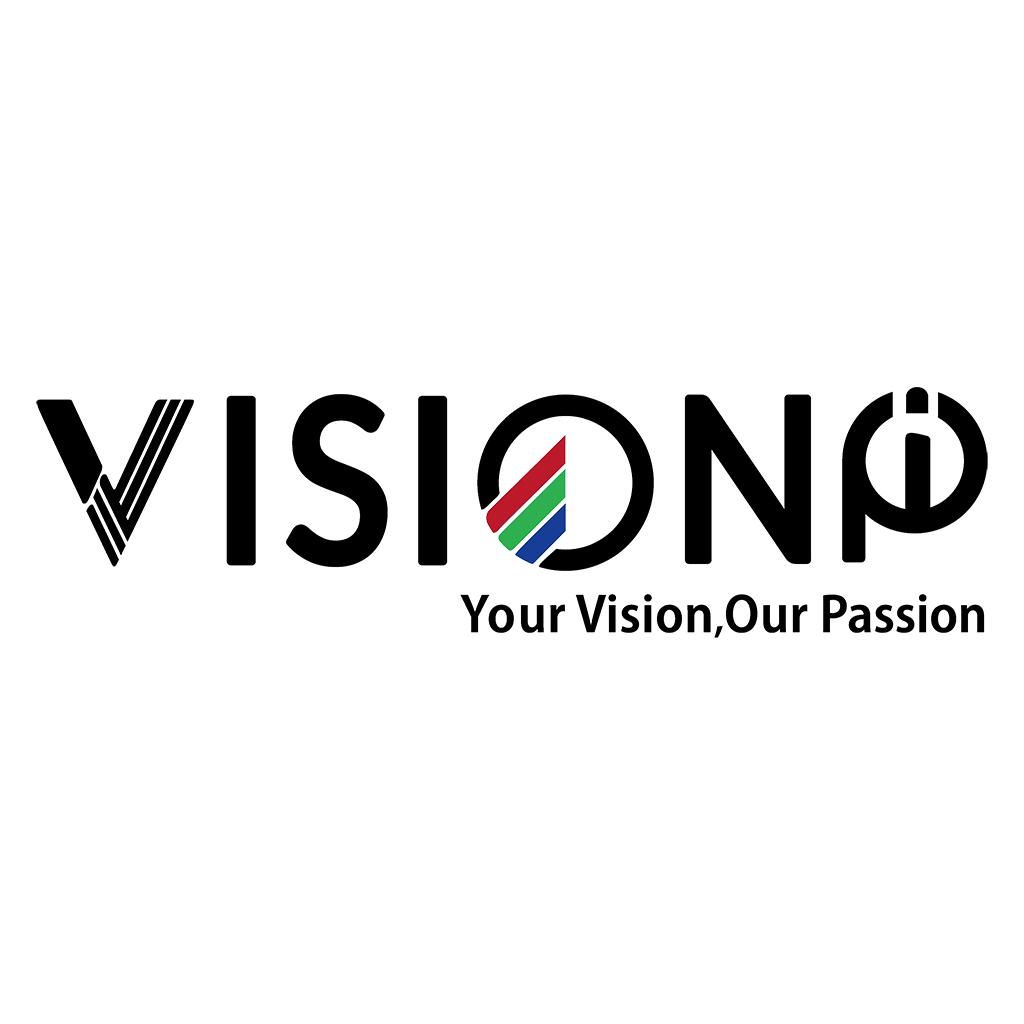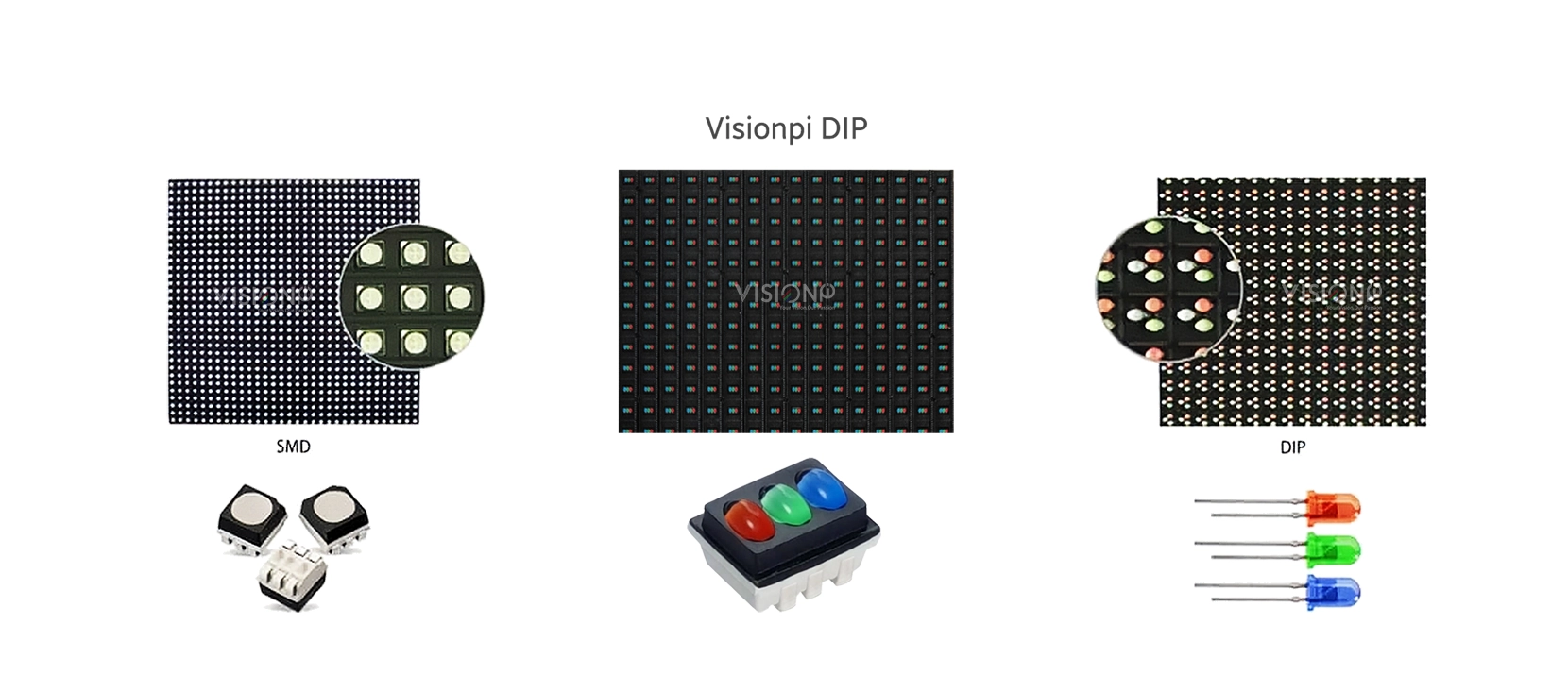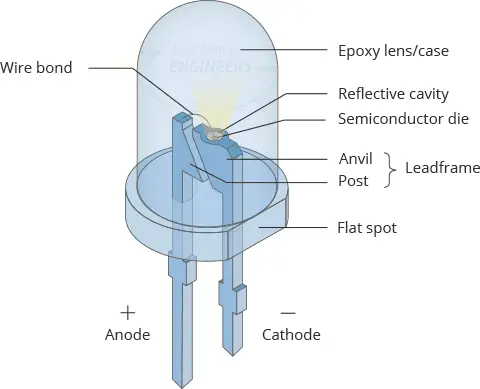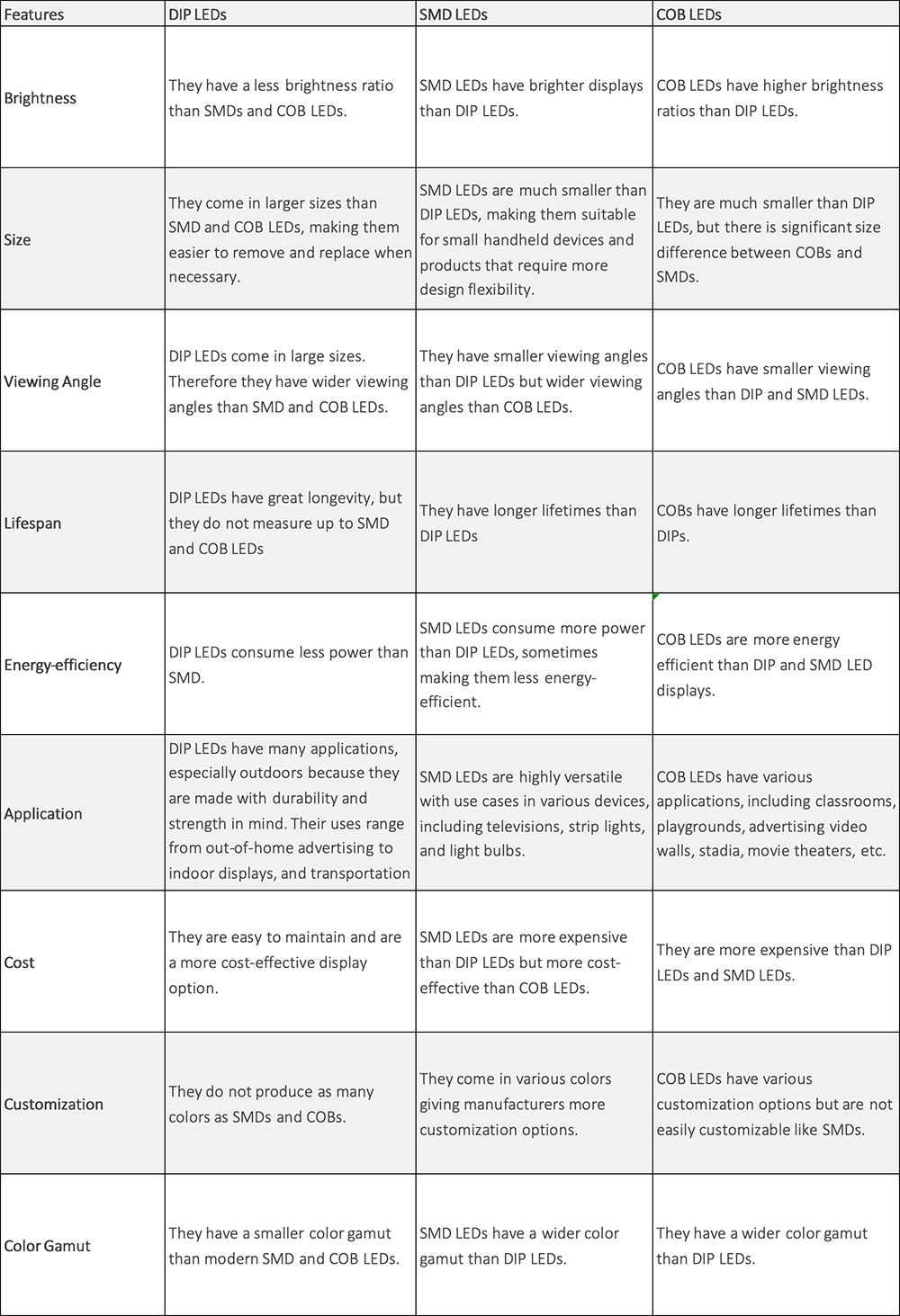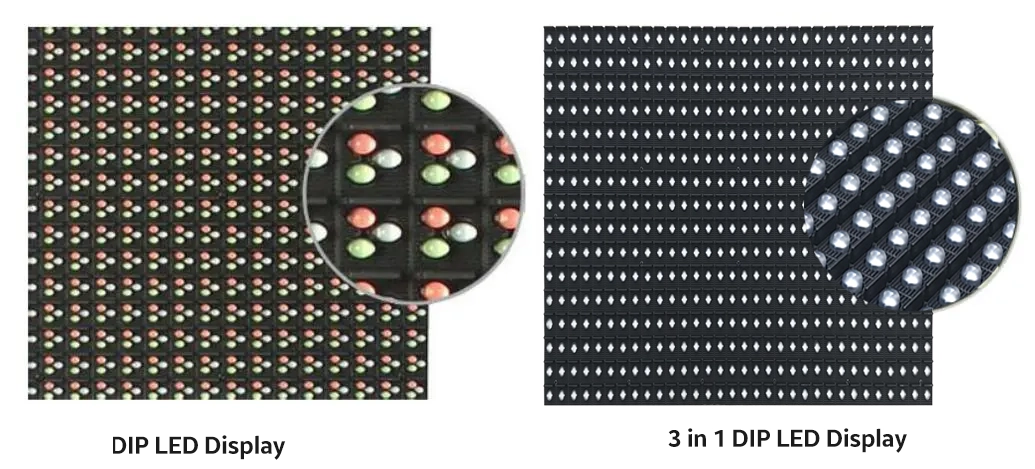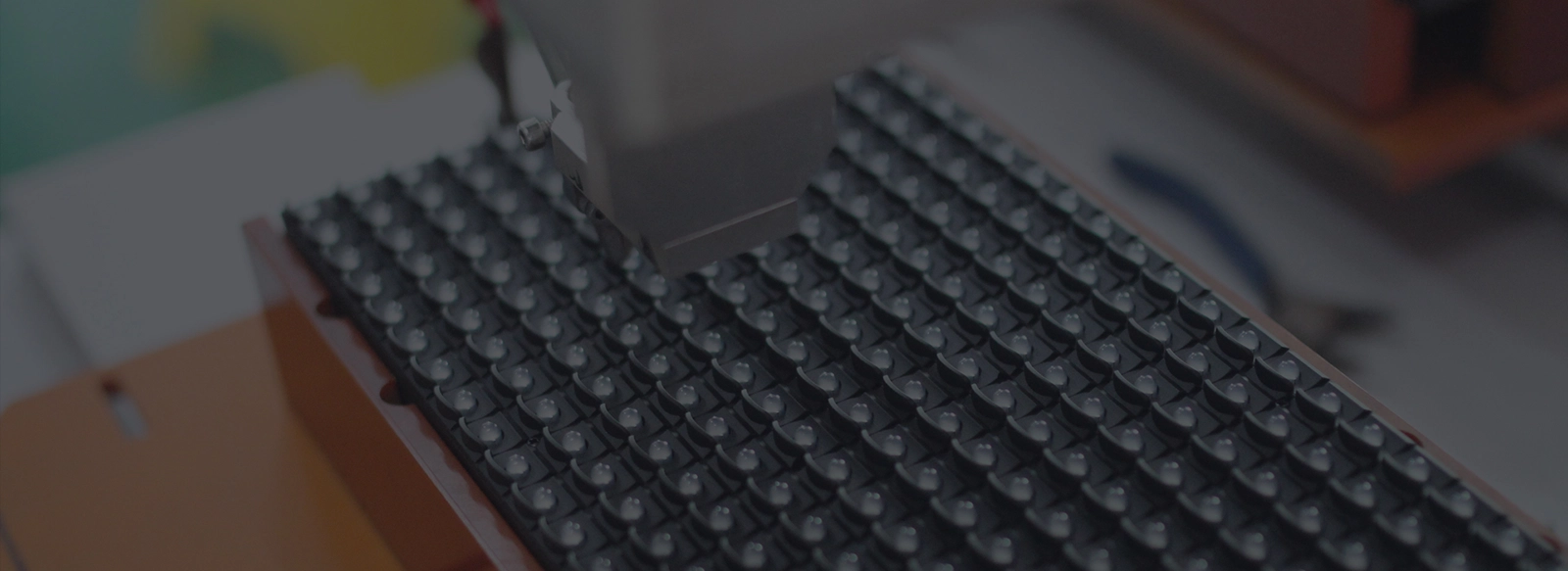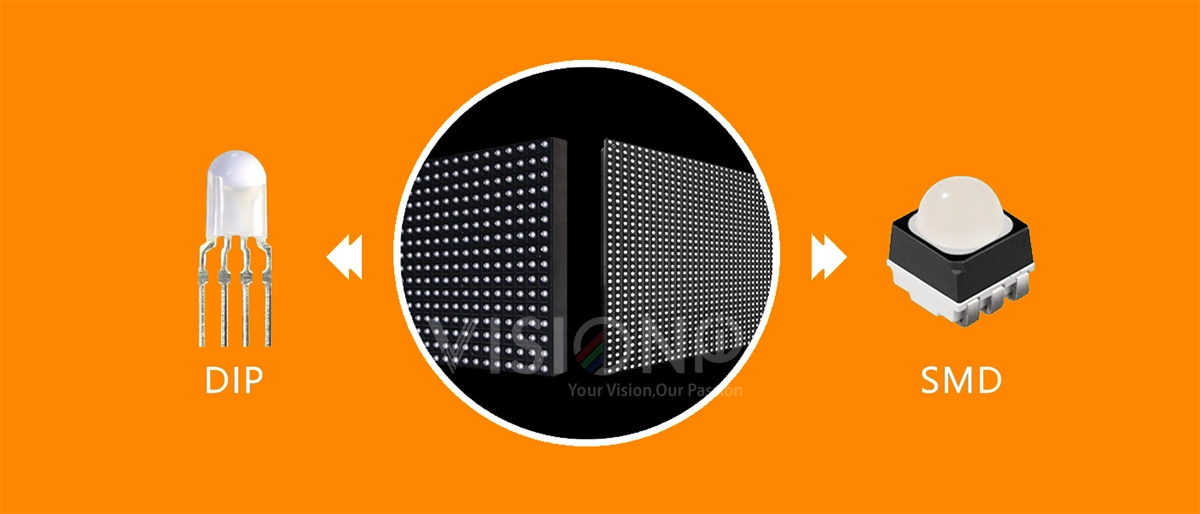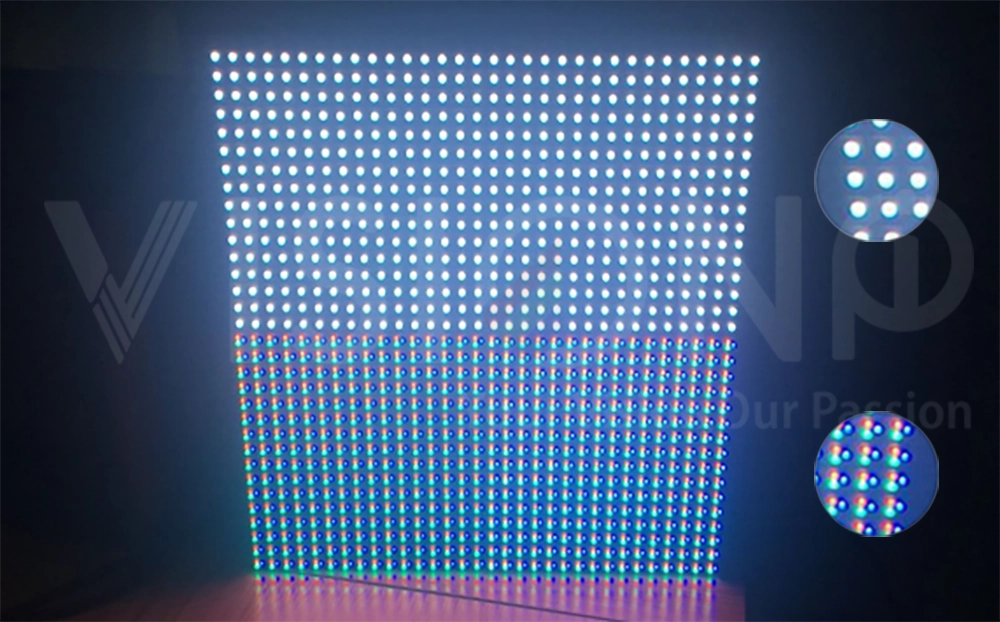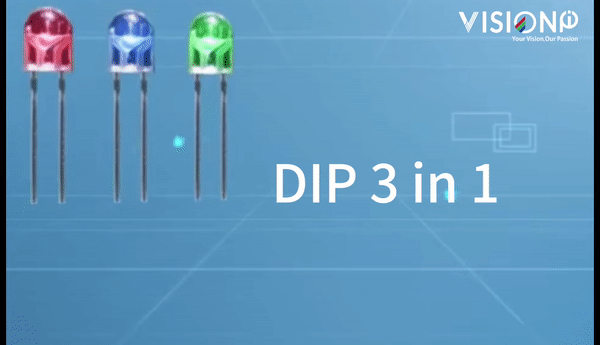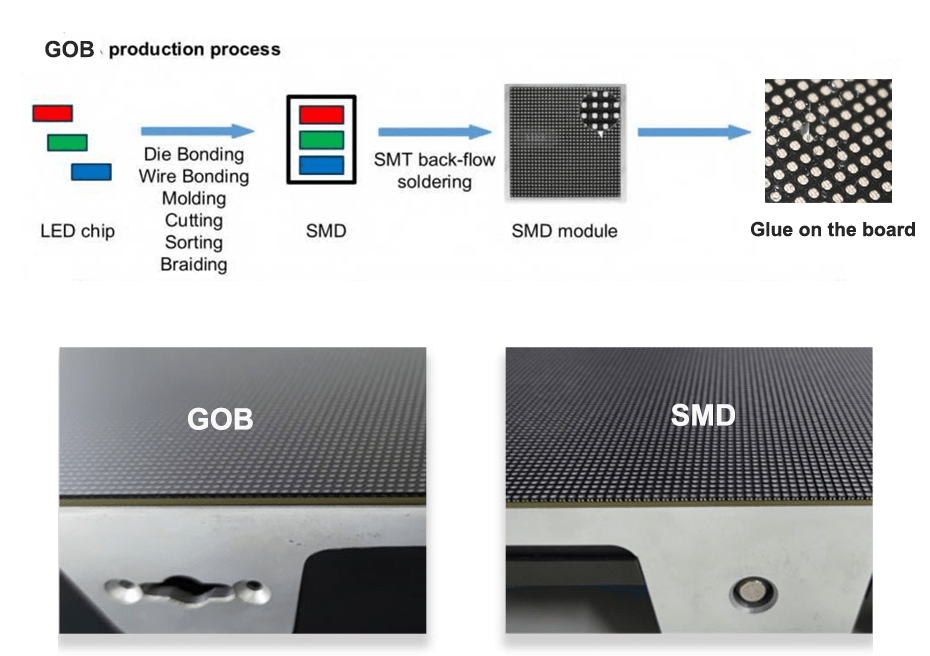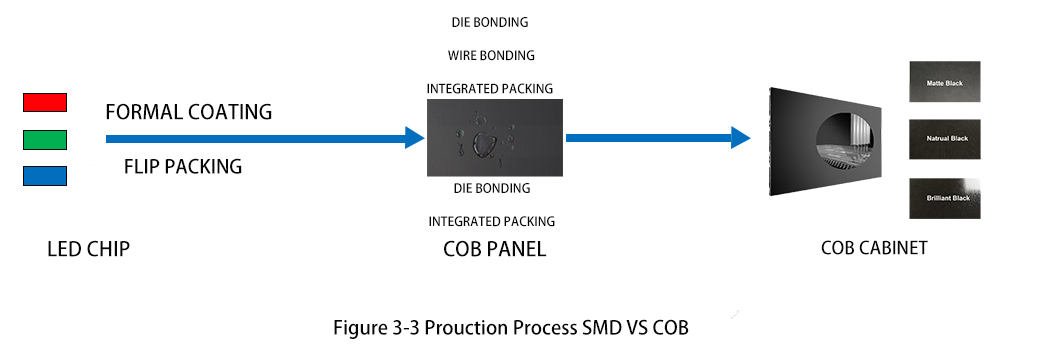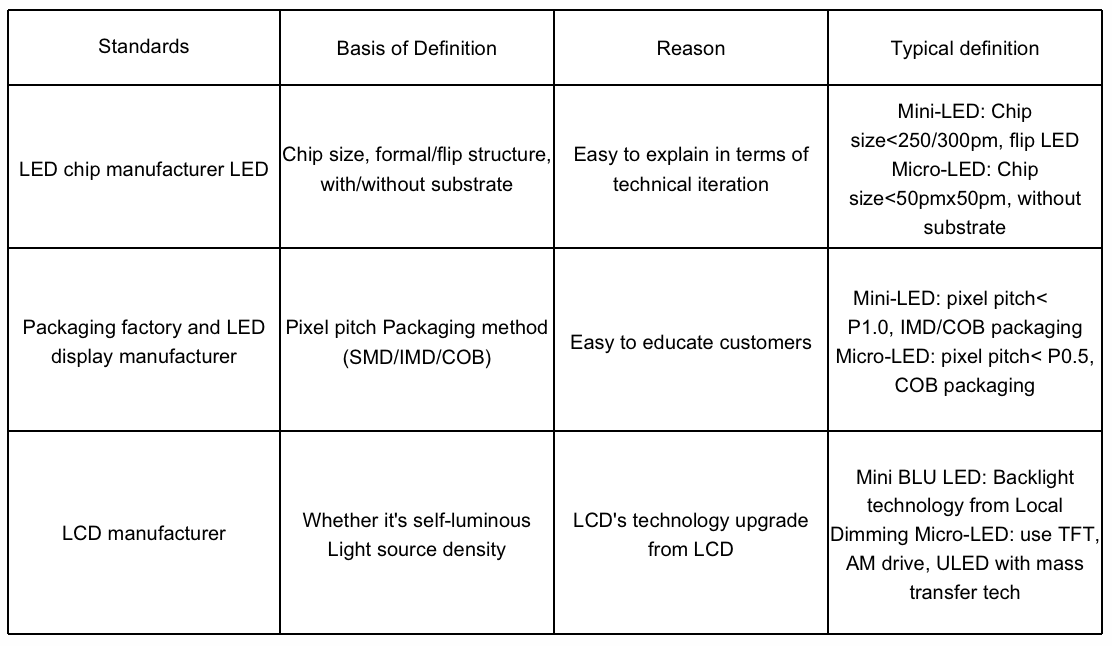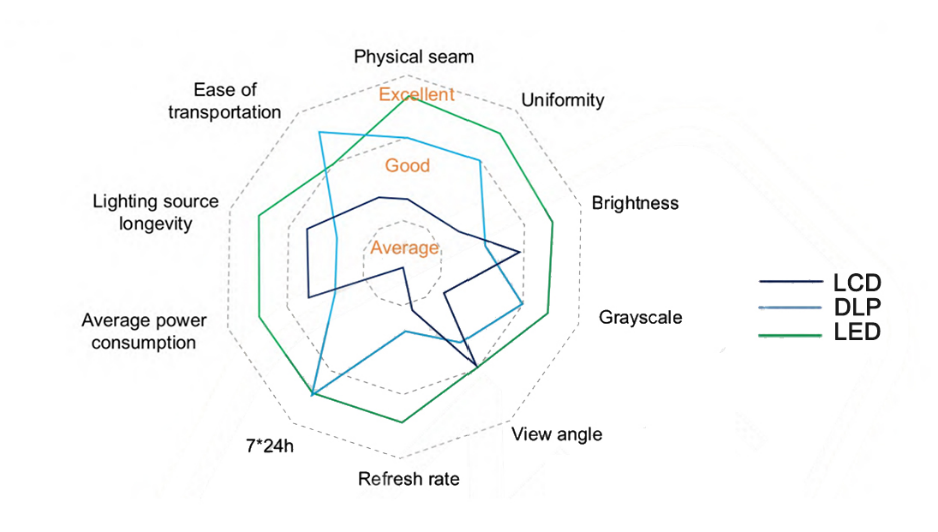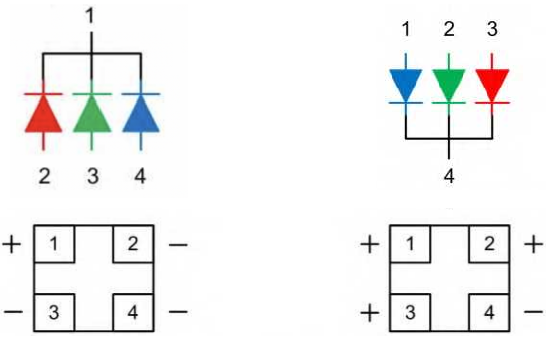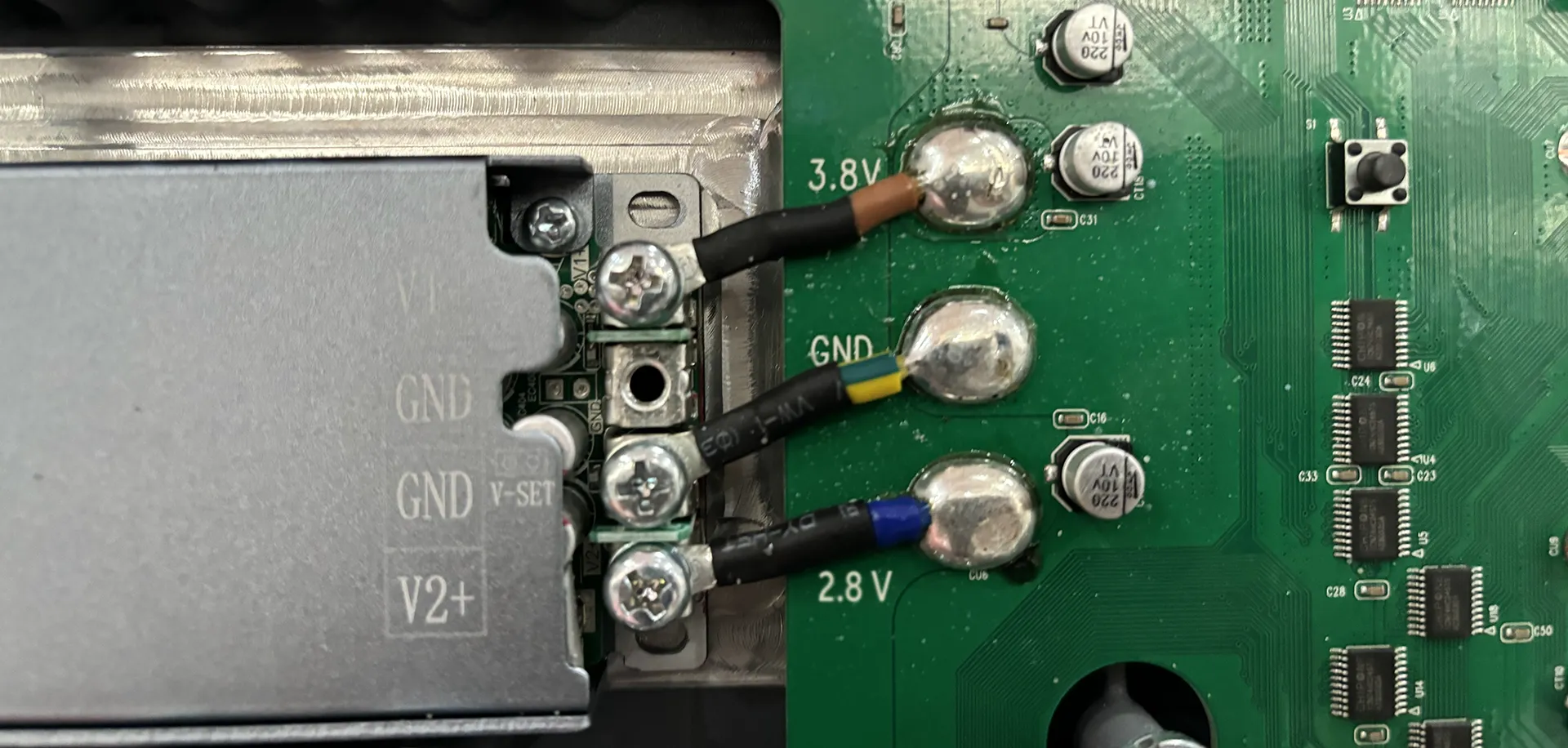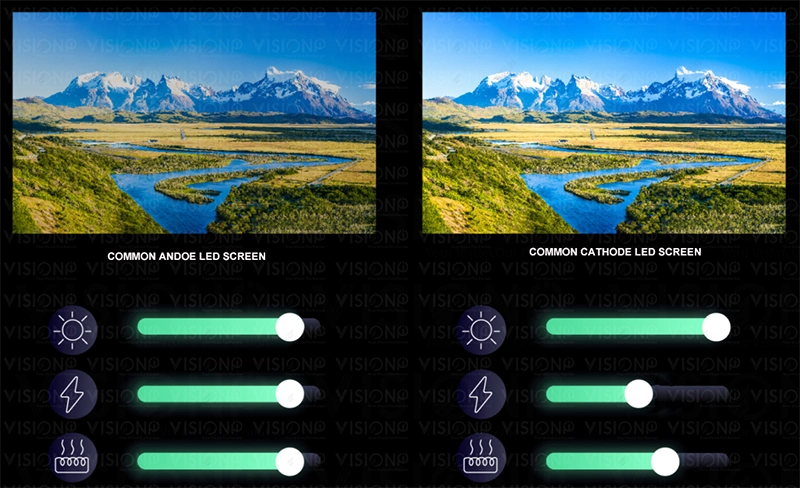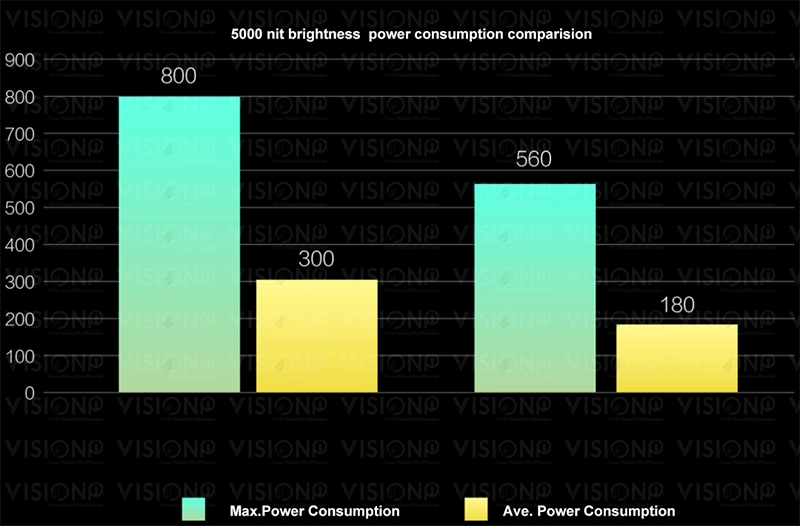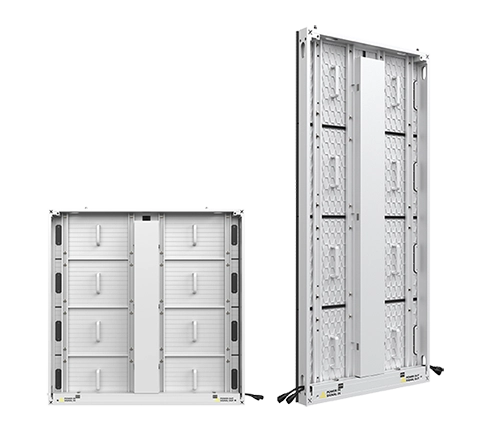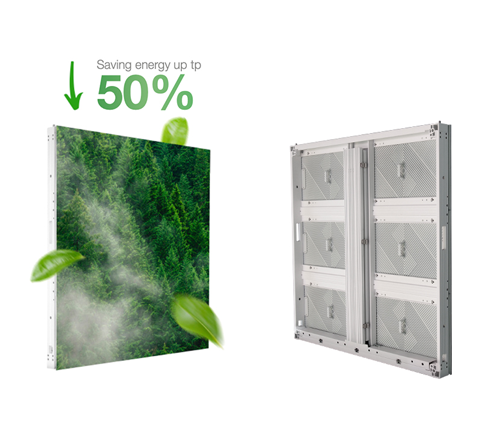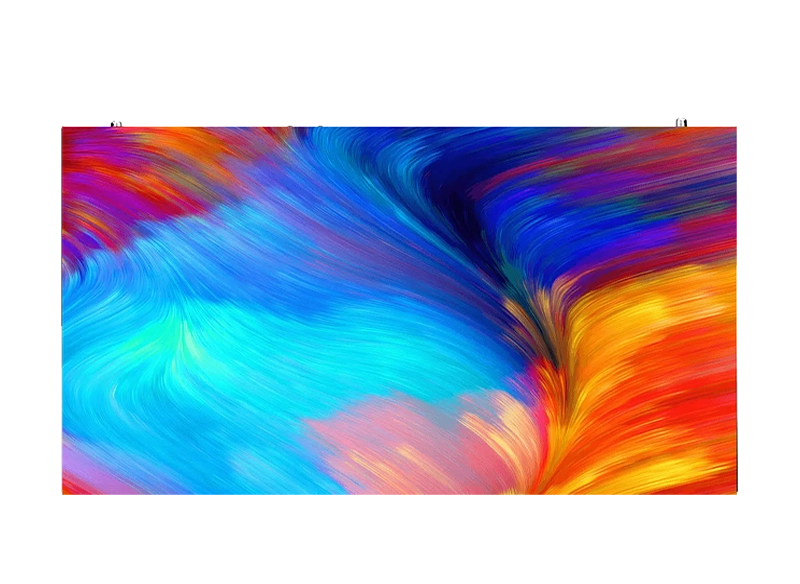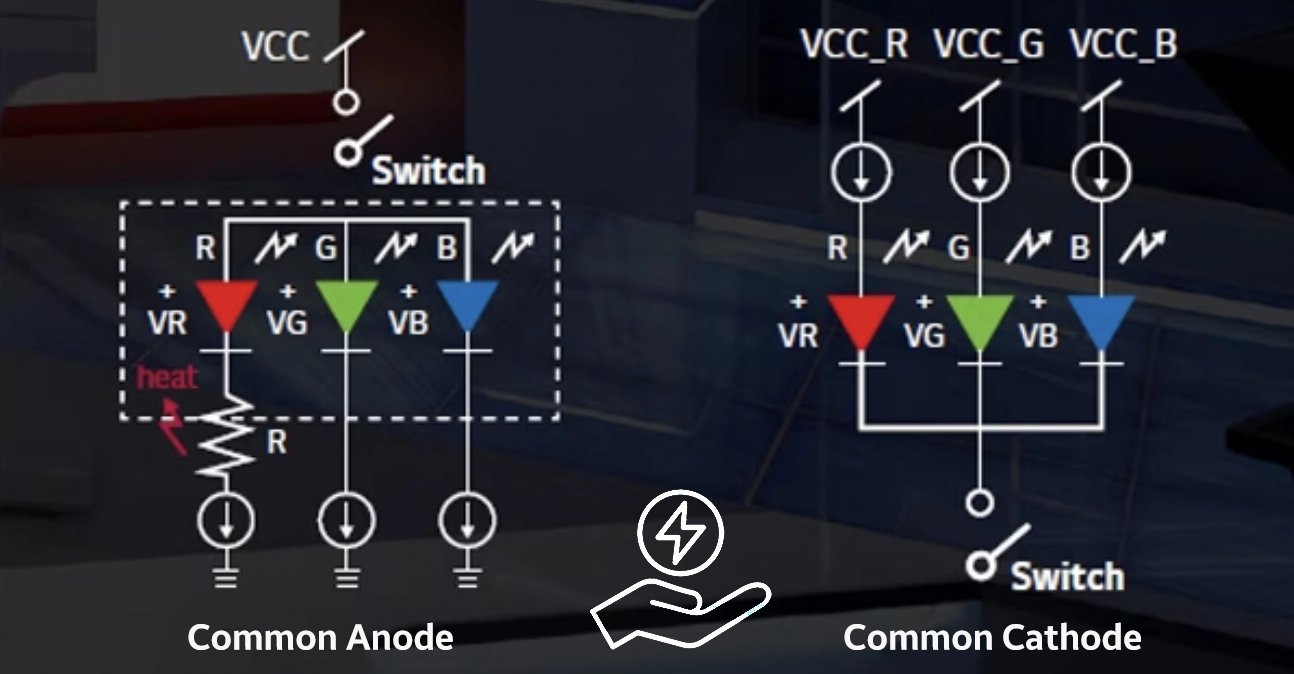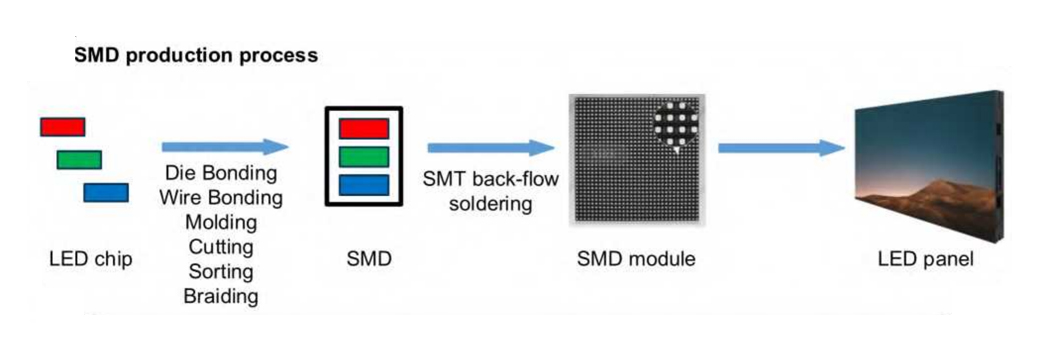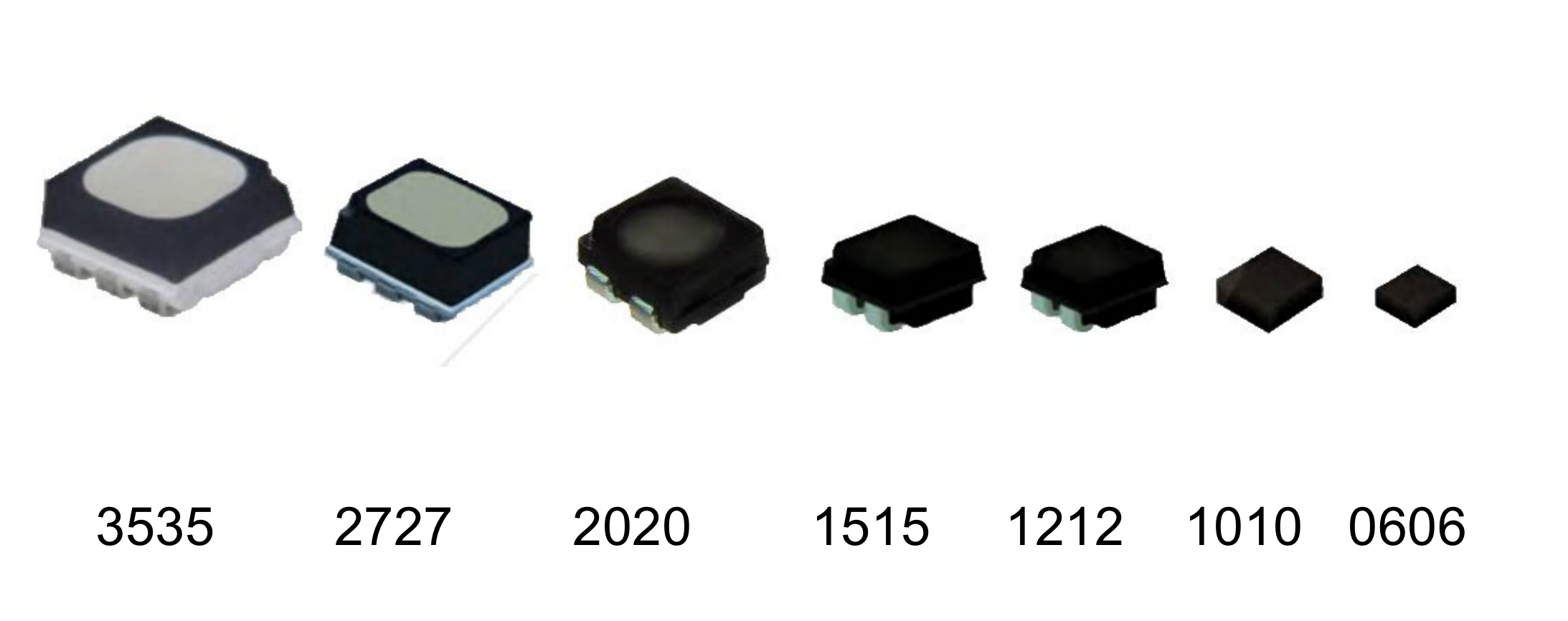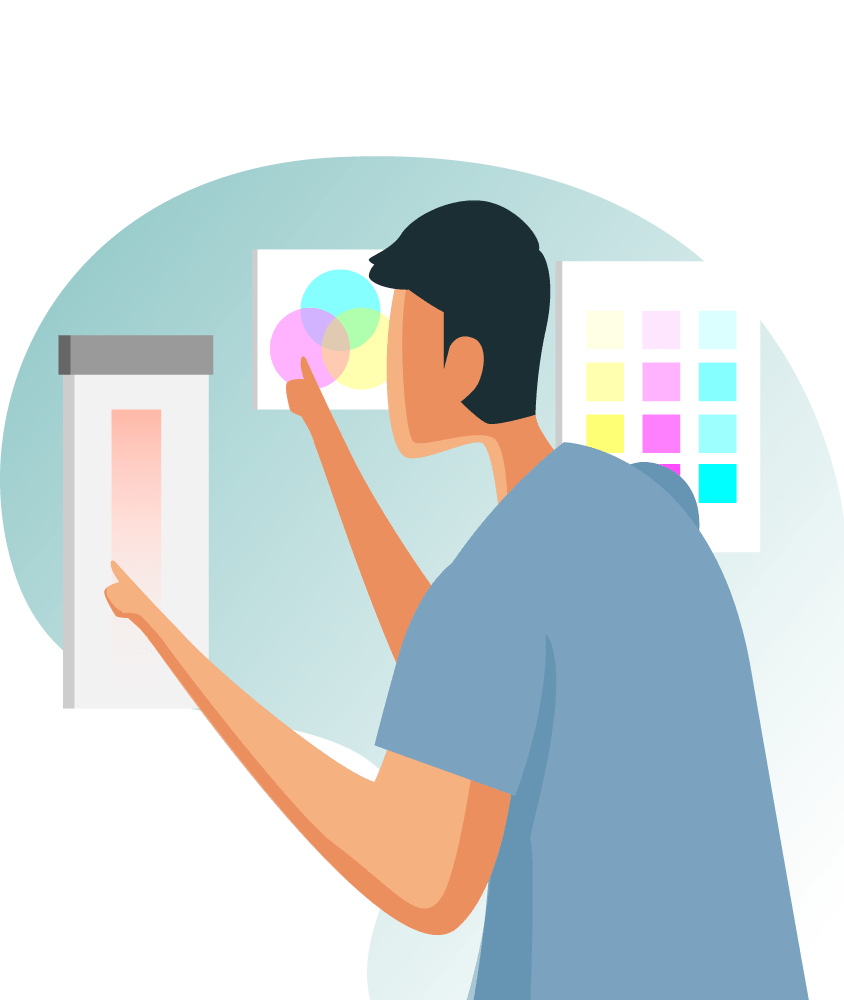Solar Power LED Screen
The LED display we are introducing marks a significant advancement in renewable energy utilization and energy-efficient technology. This state-of-the-art display is powered entirely by solar energy, harnessing the sustainable power of the sun to operate with unparalleled efficiency. At the heart of this system lies our newly developed energy storage module, a testament to our commitment to innovation in the field of green technology.
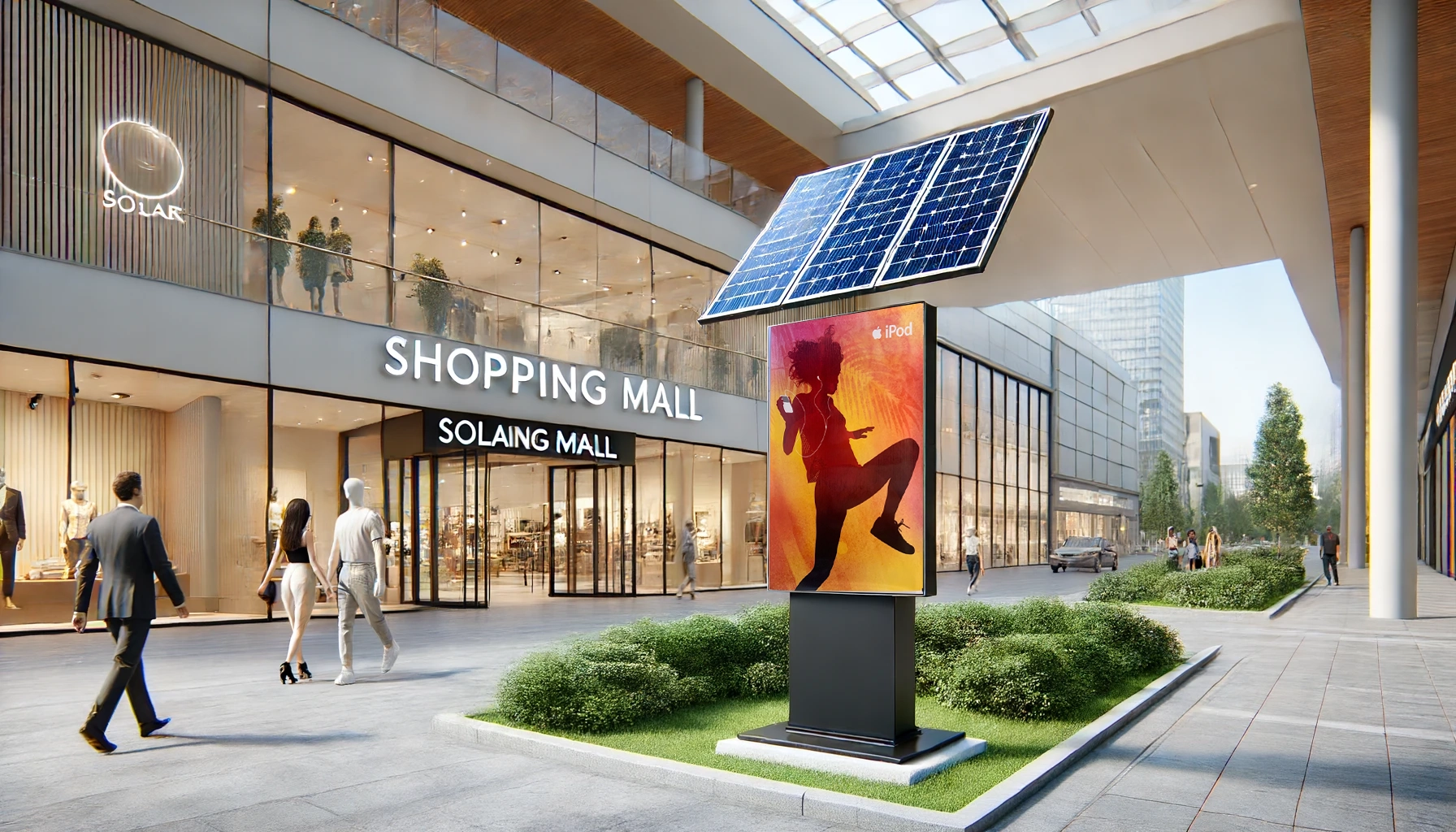
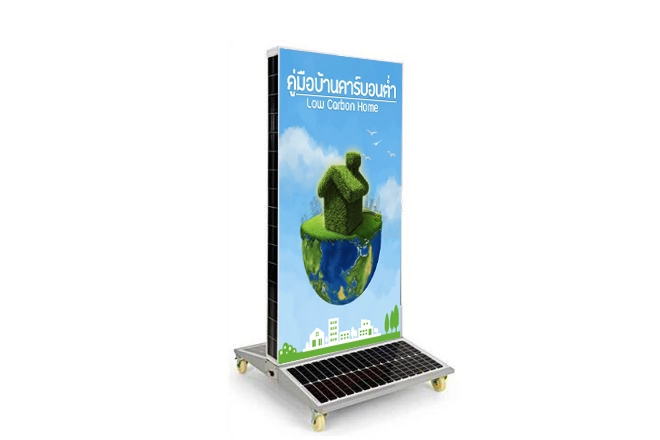
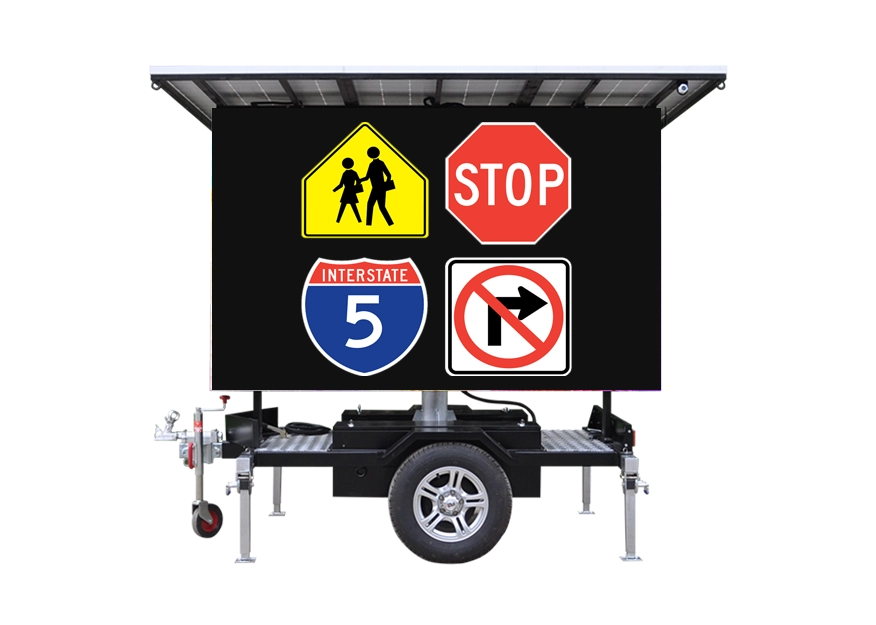
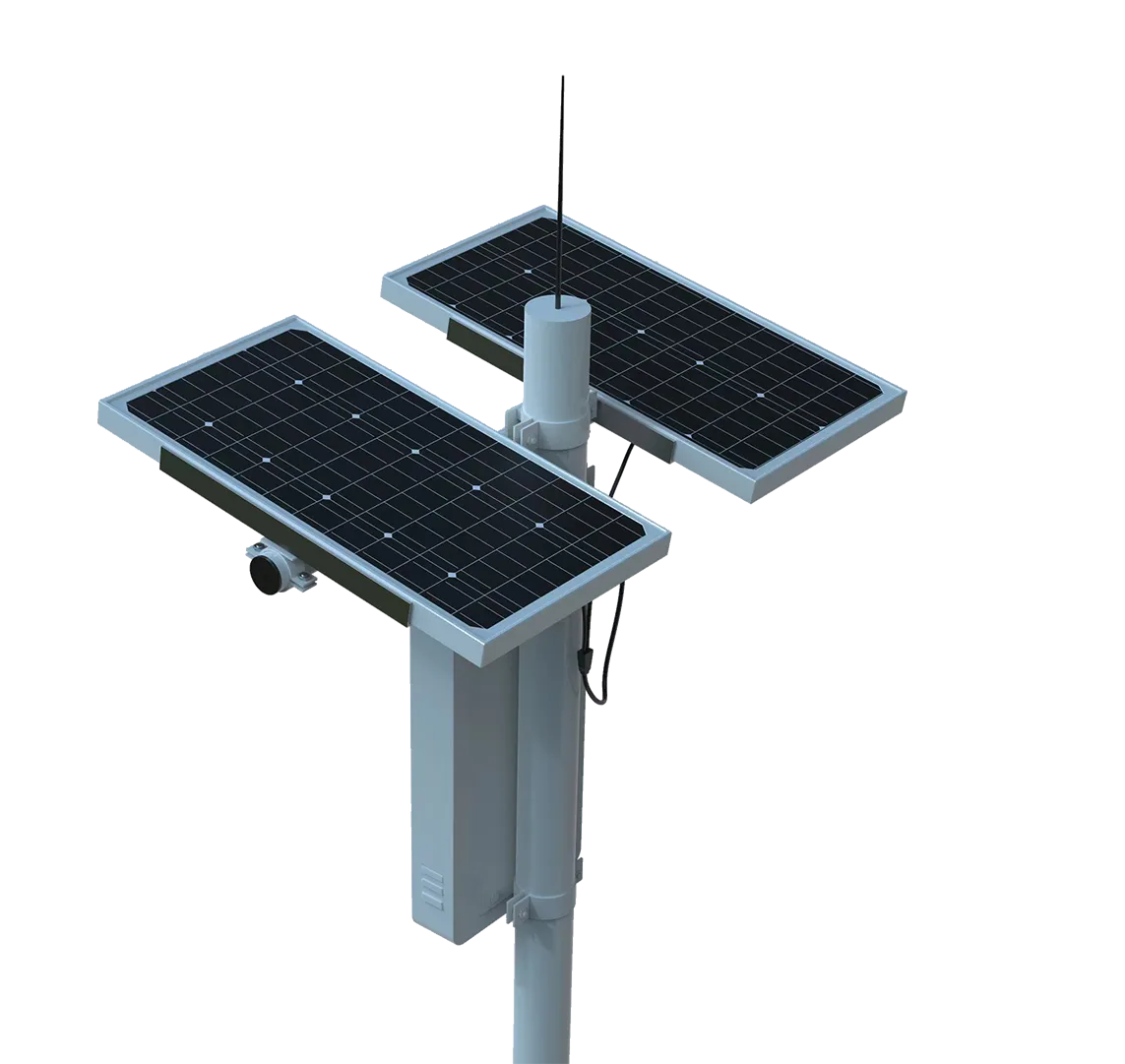
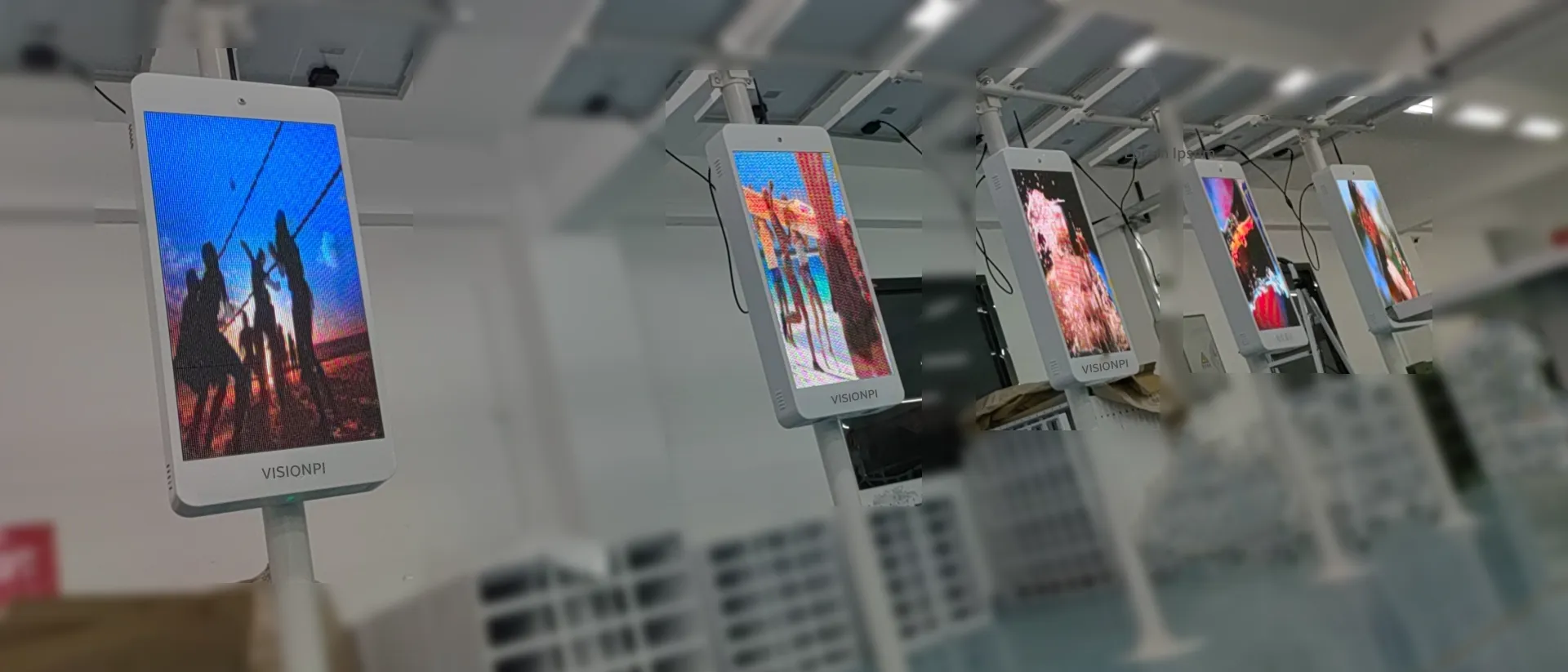
What are solar powered LED display?
Solar-powered LED displays are electronic devices that use light-emitting diodes (LEDs) to show images, text, or videos. LEDs are small semiconductor components that emit light when an electric current passes through them. They are more energy-efficient, durable, and versatile than traditional incandescent or fluorescent bulbs.
Solar-powered LED displays use photovoltaic (PV) panels to convert sunlight into electricity, which is then stored in batteries or capacitors. The stored electricity is used to power the LEDs and other components of the display, such as controllers, sensors, or speakers. Some solar-powered LED displays also have backup power sources, such as grid connections or generators, to ensure continuous operation in low-light or cloudy conditions.
How do solar-powered LED displays work?
A solar-powered LED display consists of three parts: the solar control part, the battery part, and the LED display part. The solar control part is responsible for measuring the solar voltage, controlling the battery charging and discharging, and regulating the output voltage. The battery part stores the electrical energy converted from the solar panel. The LED display part shows the dynamic information from the video signal.
The solar controller is the key component of the system, as it affects the performance and service life of the battery and the LED display. The solar controller monitors the battery charge and discharge conditions and prevents overcharge or deep discharge. The solar controller also adjusts the output voltage according to the load demand and protects the system from short circuits or overloads.
The design of the solar controller includes the following aspects: solar voltage measurement, battery charging and discharging control, output voltage regulation, and system protection
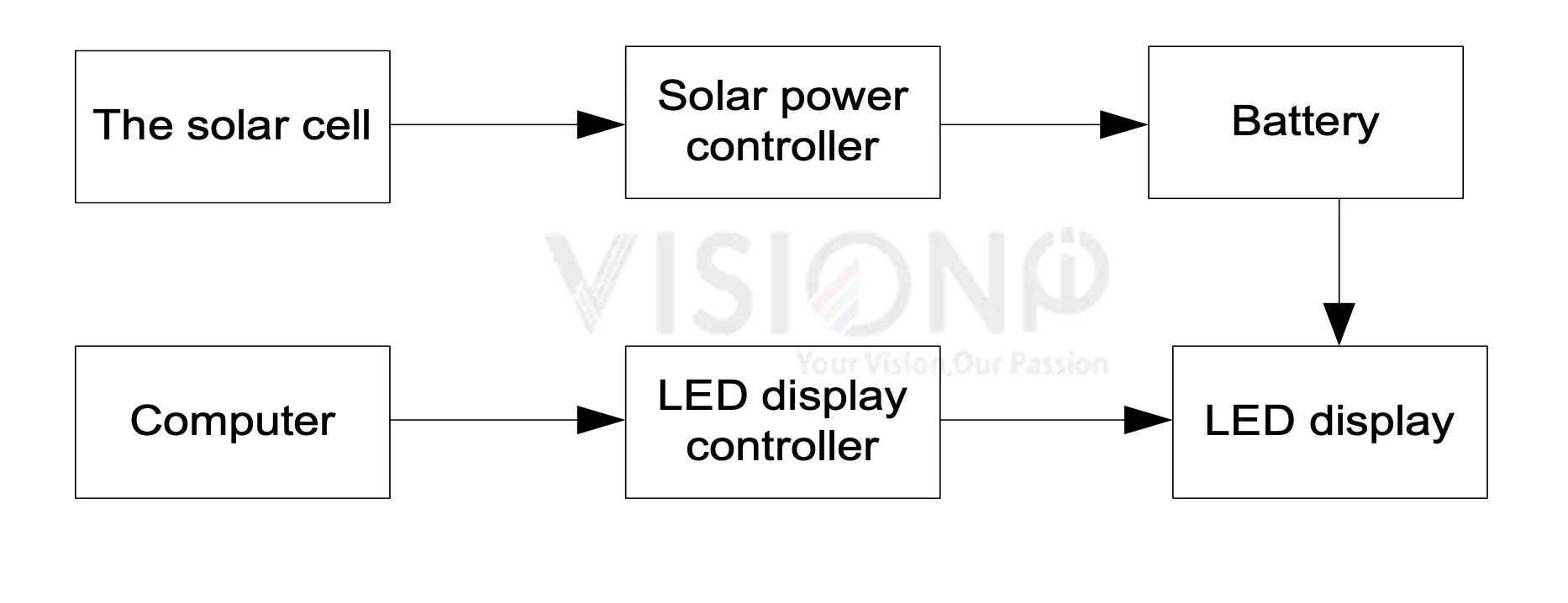
This cutting-edge module is designed to accumulate and store solar energy with exceptional efficiency, ensuring a reliable power supply to the LED display for up to 100 hours in conditions devoid of sunlight. Such capability is pivotal for continuous operation, particularly in geographic areas with varying sunlight availability. The module’s sophisticated design enables it to charge during daylight hours while simultaneously powering the display, a feature we describe as “charging and playing synchronization.” This ensures that the display remains operational, showcasing vivid and dynamic content without interruption, regardless of the solar conditions.
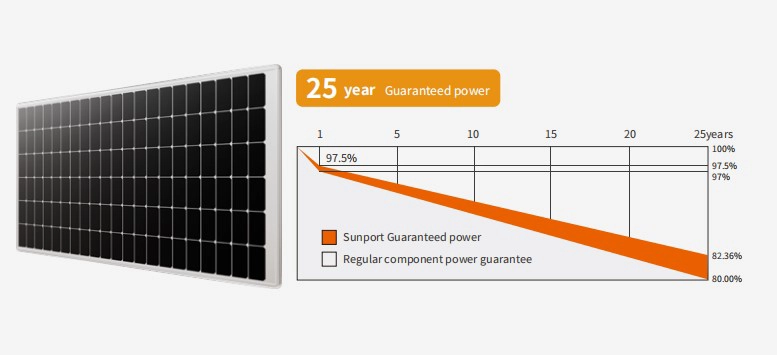
What are the benefits of solar-powered LED displays?
Solar-powered LED displays have many advantages over conventional displays that rely on grid electricity or fossil fuels. Some of the benefits are:
-
Environmentally friendly
. Solar-powered LED displays reduce greenhouse gas emissions and air pollution by using renewable energy sources instead of fossil fuels. They also reduce waste and resource consumption by having longer lifespans and lower maintenance costs than traditional displays.
-
Cost-effective
. Solar-powered LED displays have lower operating costs than conventional displays because they do not need to pay for electricity bills or fuel costs. They also have lower installation costs because they do not need complex wiring or infrastructure. They can pay for themselves in a few years by saving on energy expenses.
-
Unlimited Flexibility in Install Location
Solar-powered LED displays can be used for various applications, such as advertising, education, entertainment, information, security, or art. They can be installed in any location that receives adequate sunlight, such as rooftops, walls, windows, billboards, vehicles, or portable stands. They can also be customized in different shapes, sizes, colors, and resolutions to suit different needs and preferences.
-
Reliable
. Solar-powered LED displays can operate independently of the grid or other power sources, which makes them ideal for remote areas or emergency situations. They can also withstand harsh weather conditions and extreme temperatures better than conventional displays because they have no moving parts or fragile components.
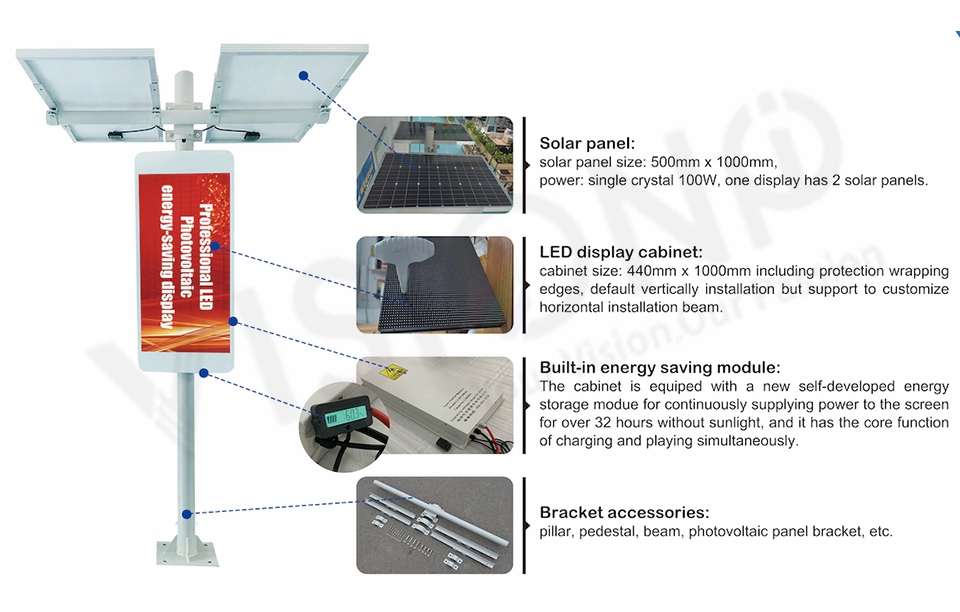
Standard 400x800mm

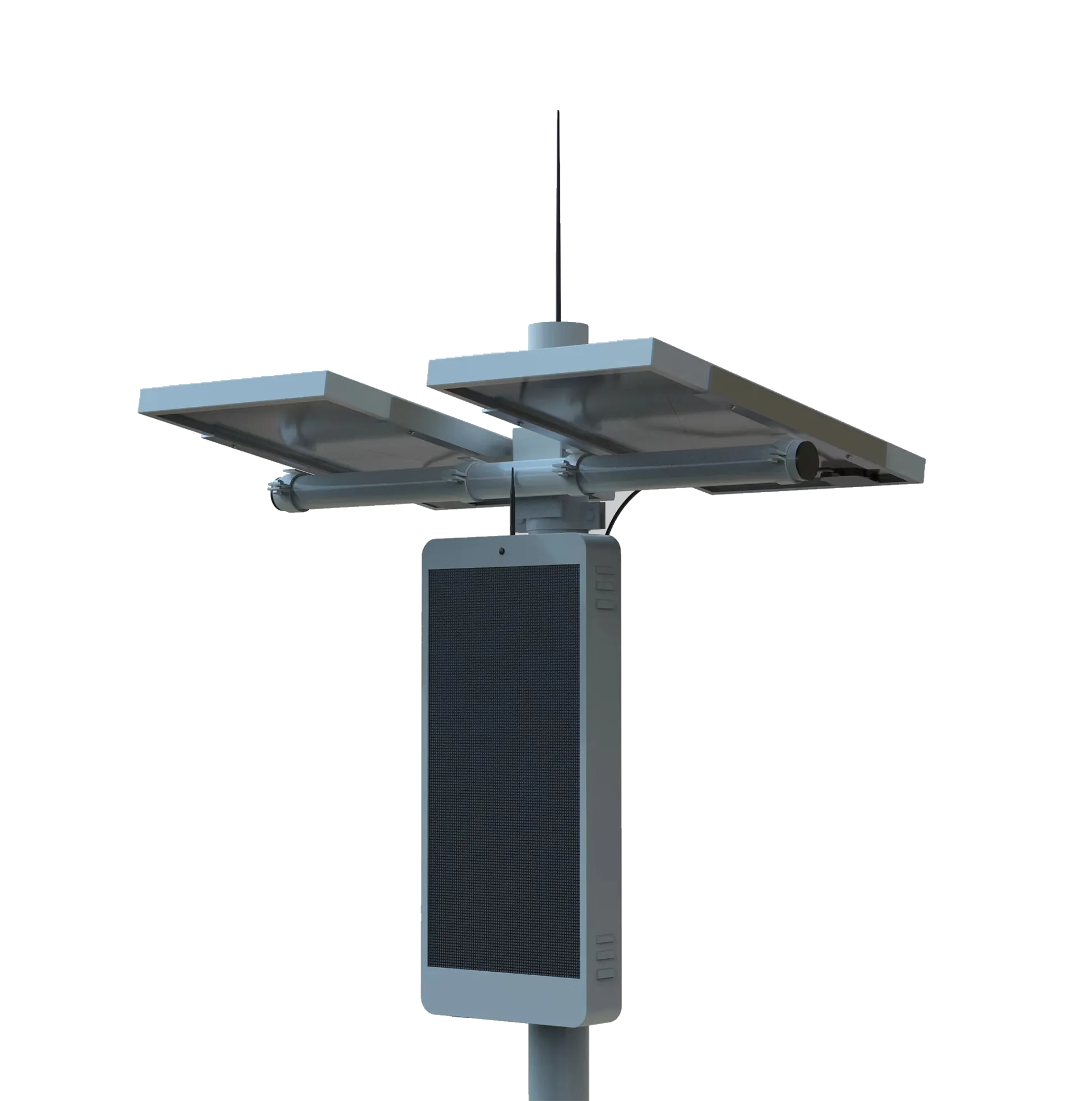
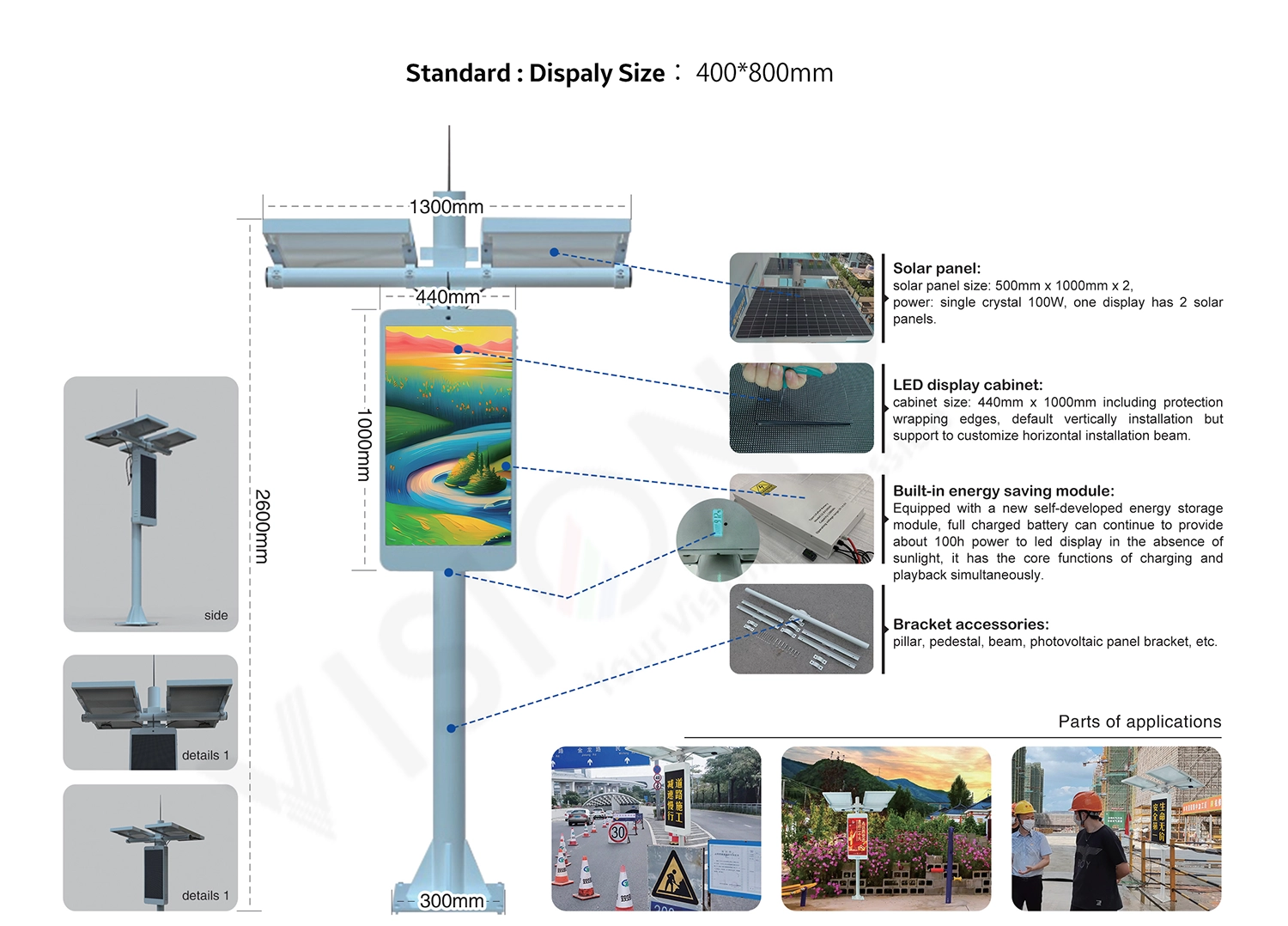
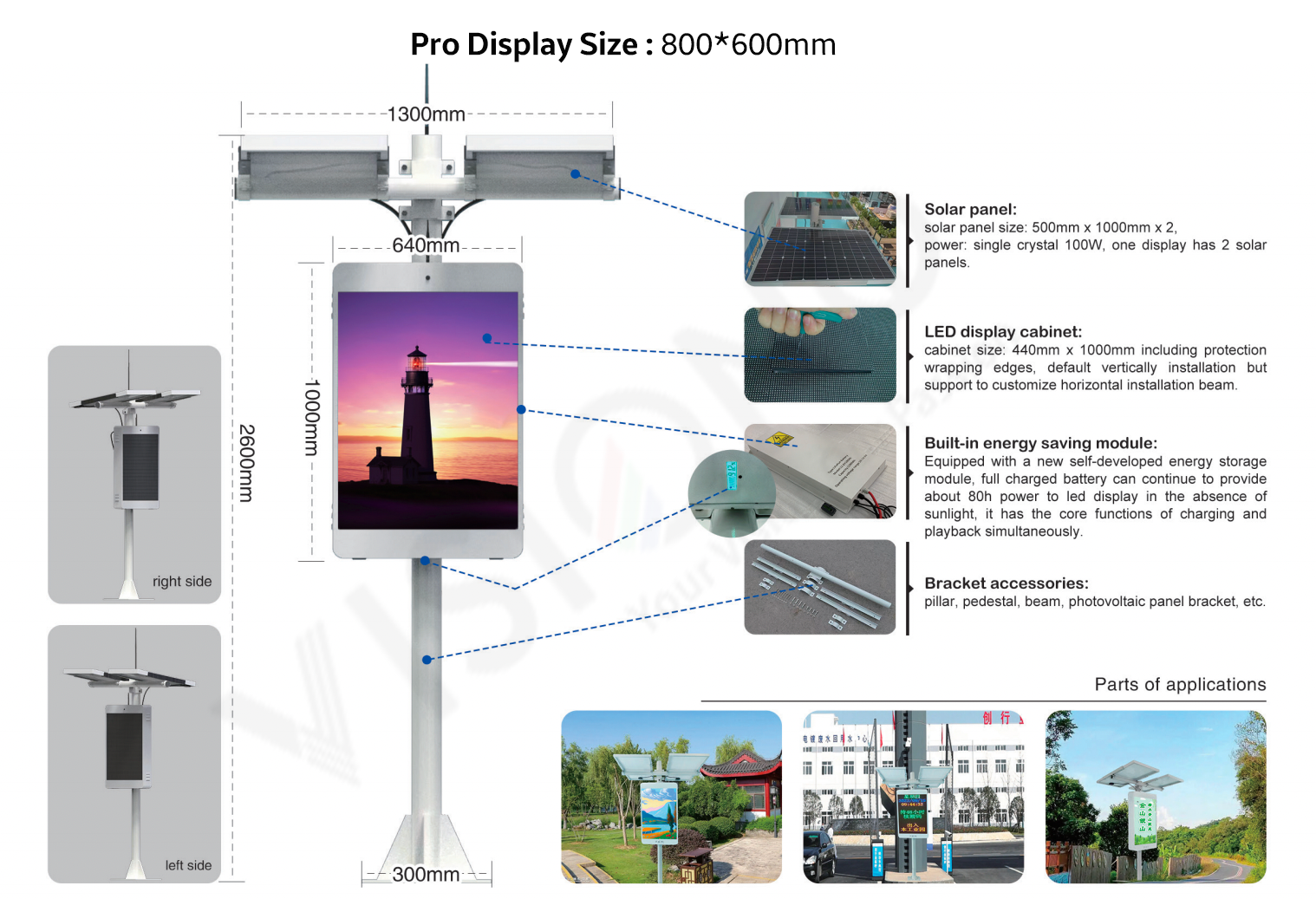
Solar Power LED Display Applications
All countries of the world have adopted sustainable energy development strategies to protect the environment and ecology while using energy resources. Solar energy is a key area of development planning as a new energy industry. Solar photovoltaic is one of the fastest growing industries in the world, with an average annual growth rate of 40% in the last five years, surpassing the IT industry. As a clean and renewable energy source, solar energy generation is one of the most important directions for the world’s new energy development. The solar energy generation industry is rapidly emerging.
Parking
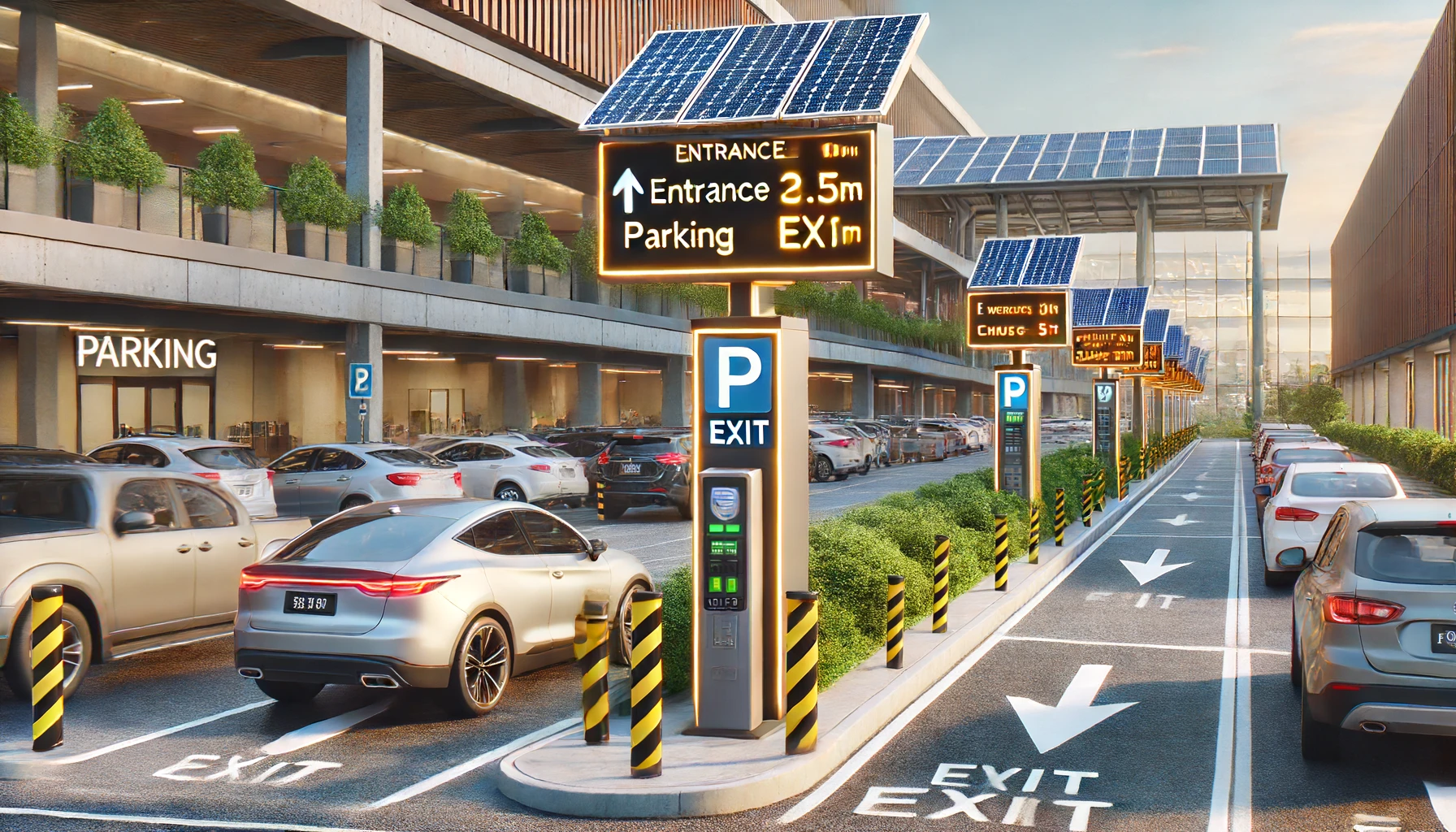
Solar Powered Parking LED Sign
The solar-powered LED display is installed at the entrance and exit of a toll collection area in a parking lot. It features high-efficiency solar panels and an integrated battery backup, ensuring 24-hour operation even during rainy days. The high-resolution, weatherproof LED screen displays critical information such as parking availability, toll rates, and traffic updates. The display is designed for durability, with a sturdy construction and remote monitoring capabilities. It operates independently from the grid, making it an environmentally friendly and sustainable solution for efficient toll collection and traffic management.
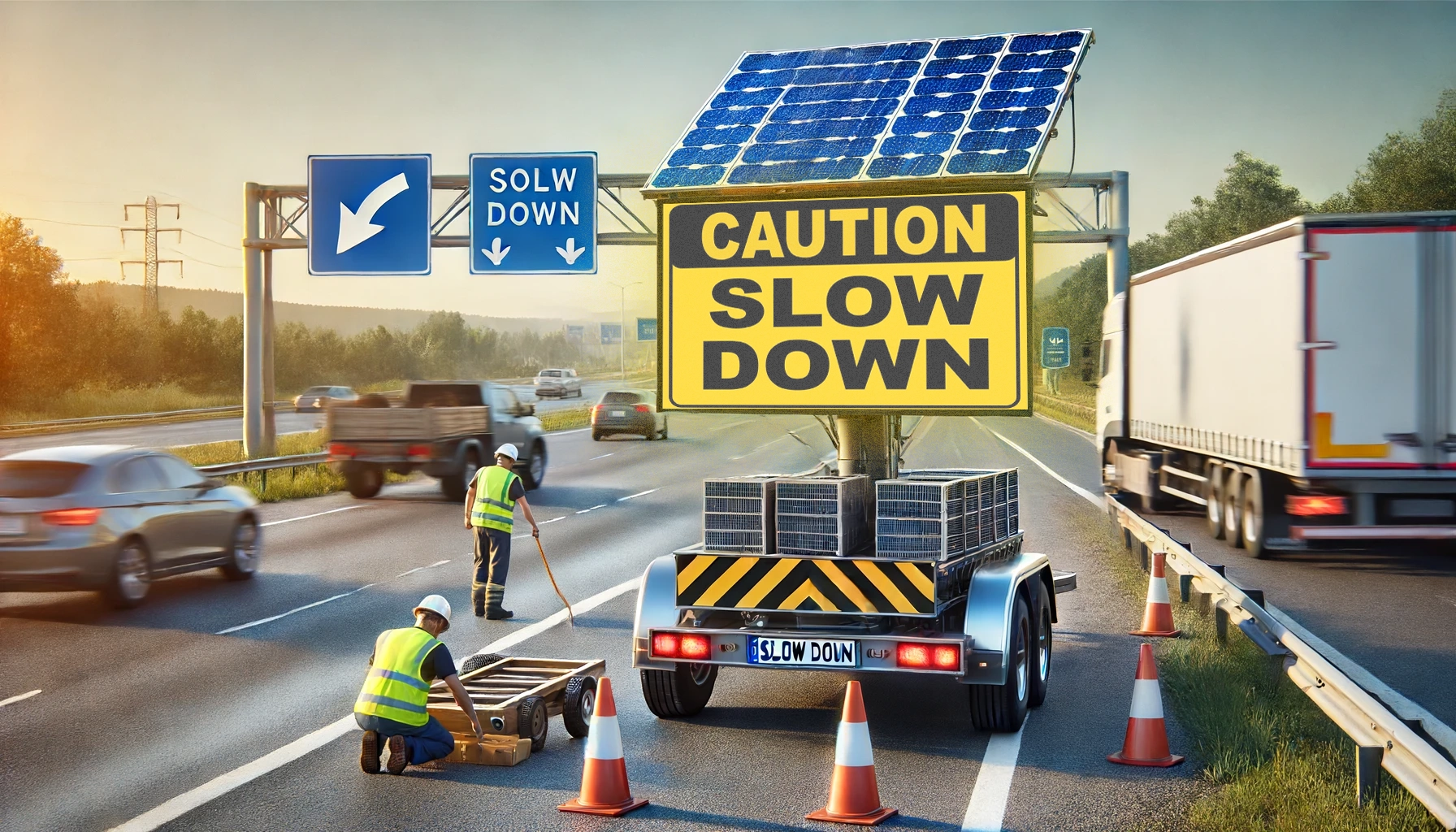
Solar powered led trailer
The Solar-Powered LED Display Trailer, an innovative and eco-friendly solution designed to enhance road maintenance and safety. This mobile display unit harnesses solar energy to power a high-resolution LED screen, ensuring continuous operation without relying on traditional power sources. Ideal for road construction, maintenance projects, and emergency warning systems, this trailer provides clear, real-time information to motorists, enhancing safety and traffic management. Its robust design, coupled with an integrated battery backup, guarantees uninterrupted functionality, even in adverse weather conditions, making it a reliable and sustainable choice for modern road safety needs.
